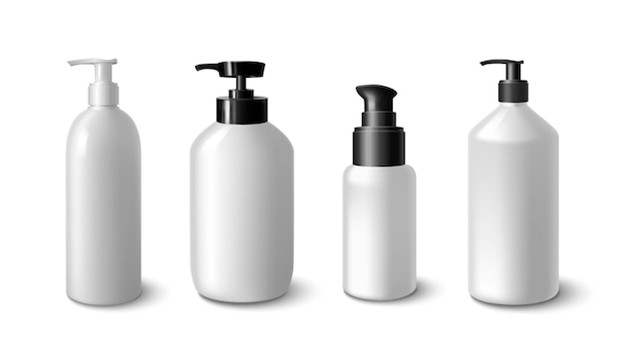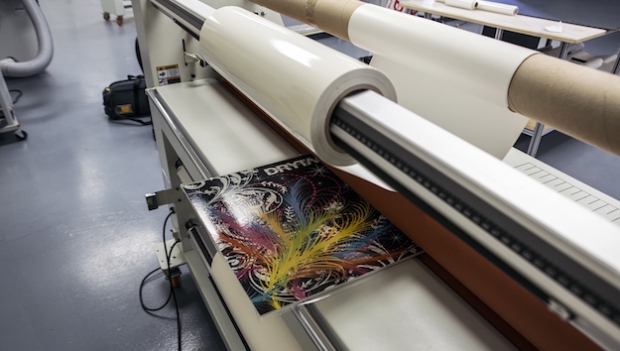smart packaging that alerts you to possible food spoilage or contamination of products that&rsquos one of the possibilities being considered by a team of mit chemists who have devised a simple wireless sensor that can be read by a smartphone.these inexpensive sensors, which can detect gaseous ammonia, hydrogen peroxide and cyclohexanone, among other gases, could be widely deployed, making it easier to monitor public spaces or detect food spoilage in warehouses.&ldquothe beauty of these sensors is that they are really cheap. you put them up, they sit there and then you come around and read them. there&rsquos no wiring involved. there&rsquos no power,&rdquo said timothy swager, the john d. macarthur professor of chemistry at mit. &ldquoyou can get quite imaginative as to what you might want to do with a technology like this.&rdquoswager is the senior author of a paper describing the new sensors in the proceedings of the national academy of sciences. for several years, swager&rsquos lab has been developing gasdetecting sensors based on devices known as chemiresistors, which consist of simple electrical circuits modified so that their resistance changes when exposed to a particular chemical. measuring that change in resistance reveals whether the target gas is present.the sensors are made from modified nearfield communication nfc tags. these tags, which receive the little power they need from the device reading them, function as wirelessly addressable barcodes and are mainly used for tracking products such as cars or pharmaceuticals as they move through a supply chain, such as in a manufacturing plant or warehouse.nfc tags can be read by any smartphone that has nearfield communication capability, which is included in many newer smartphone models. these phones can send out short pulses of magnetic fields at radio frequency 13.56 mhz, inducing an electric current in the circuit on the tag, which relays information to the phone.to adapt these tags, the mit team first disrupted the electronic circuit by punching a hole in it. then, they reconnected the circuit with a linker made of carbon nanotubes that are specialised to detect a particular gas. the team refers to the modified tags as cards chemically actuated resonant devices.when carbon nanotubes bind to the target gas, their ability to conduct electricity changes, which shifts the radio frequencies at which power can be transferred to the device. when a smartphone pings the card, the card responds only if it can receive sufficient power at the smartphonetransmitted radio frequencies, allowing the phone to determine whether the circuit has been altered and the gas is present.current versions of the cards can each detect only one type of gas, but a phone can read multiple cards to get input on many different gases, down to concentrations of parts per million. with the current version of the technology, the phone must be within 5 cm of the card to get a reading, but work is underway with bluetooth technology to expand the range.the researchers are now looking into possible applications. because the devices are inexpensive and can be read by smartphones, they could be deployed nearly anywhere indoors to detect explosives and other harmful gases or outdoors to monitor environmental pollutants.once an individual phone gathers data, the information could be uploaded to wireless networks and combined with sensor data from other phones, allowing coverage of very large areas, swager says.incorporating the sensors into food packaging could help to avoid food waste, by detecting metabolites such as ammonia that could indicate the quality of raw food or prepared meals.the cards could also be incorporated into dosimeters to help monitor worker safety in manufacturing plants by measuring how much gas the workers are exposed to. 







